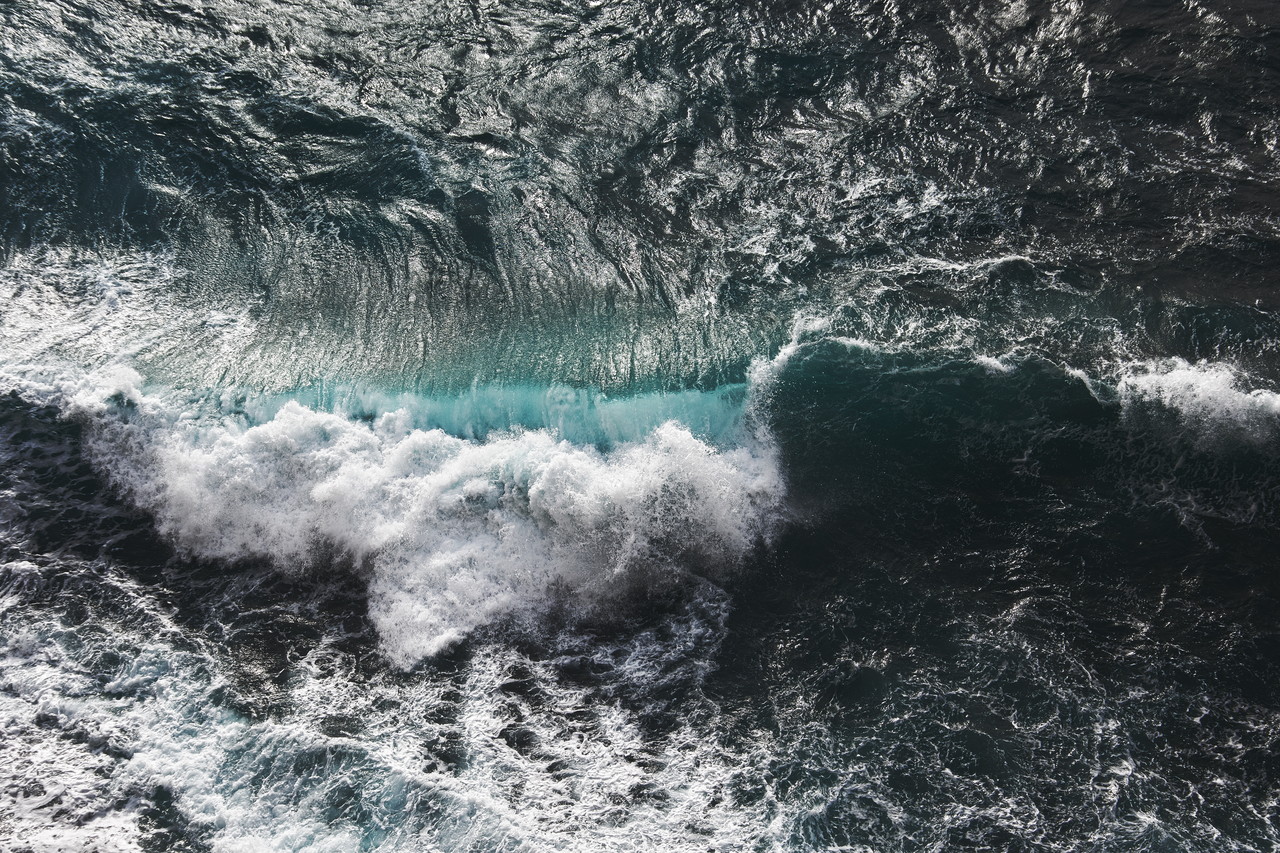

National Grid Ventures (NGV) is developing plans to deliver Nautilus, a new subsea cable allowing electricity to flow between the UK and Belgium. The new Offshore Hybrid Asset could supply enough green electricity to power around 1.7 million UK homes.
Update on Nautilus - November 2024
On 12 November 2024, Ofgem announced that it has approved the Initial Project Assessment for the LionLink and Nautilus electricity interconnectors.
The Initial Project Assessment (IPA) is a consultation process run by Ofgem to determine an interconnector project’s suitability. With the approval from Ofgem, both projects are confirmed for further development. You can read more about this announcement here.
As a result of this process, the Nautilus interconnector is now proposed to connect to the UK’s electricity system at the Isle of Grain, Kent.
Read our responses to your frequently asked questions
About Nautilus
Nautilus could connect up to 1.4 gigawatts (GW) of offshore wind to each country through subsea electricity cables. By combining offshore wind generation with interconnector capacity between the UK and Belgium, Nautilus would significantly reduce the amount of infrastructure and disruption required both onshore and offshore.
With this new technology, we hope to reduce the impact of infrastructure on local communities and the environment, as well as support the government’s net zero and energy security targets. We are already working closely with other developers to coordinate activities and minimise impact on local communities. We believe that through improved coordination, the UK government can achieve and support the co-existence of renewable energy with coastal communities.
An Offshore Hybrid Asset (OHA) is a type of interconnector that consists of a subsea electricity cable connecting the UK to neighbouring energy markets.
Nautilus was previously referred to as a ‘Multi-Purpose Interconnector’. However, NGV has updated the term to OHA in line with project development and new terminology introduced by the Department for Energy (DoE) for better alignment with the European markets.
Find out more about Offshore Hybrid Assets

The consultation process
National Grid Ventures holds several connection agreements across the UK, each with the potential for an Offshore Hybrid Asset (OHA). To understand the potential of these sites, we have to undertake feasibility work both onshore and offshore.
Materials from our previous consultation can be found below. Please note that these documents no longer accurately reflect proposals for Nautilus.
Consultation documents
Exhibition boards

Contact us:
Please get in touch if you would like to find out more about Nautilus.
You can contact a member of our Community Relations team as follows:
Freephone: 08081 699 822
Freepost: FREEPOST NAUTILUS
Email: [email protected]